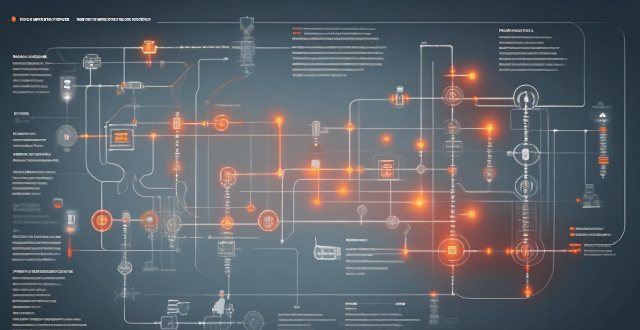A multi-motor drive system contributes to energy savings in industrial processes by optimizing the operation of multiple motors. It balances loads, controls speed optimally, provides reactive power compensation, enables regenerative braking, and reduces maintenance costs. This technology helps businesses improve their bottom line while reducing their environmental footprint.

How Does a Multi-Motor Drive System Contribute to Energy Savings in Industrial Processes?
Introduction
In industrial processes, energy efficiency is crucial for reducing operational costs and environmental impact. A multi-motor drive system is a technology that can significantly contribute to energy savings by optimizing the operation of multiple motors in a coordinated manner. This article will explore how a multi-motor drive system works and how it can help save energy in industrial processes.
What is a Multi-Motor Drive System?
A multi-motor drive system consists of several electric motors connected to a common power source, usually an AC or DC motor controller. The controller manages the speed, torque, and direction of each motor independently, allowing for precise control over the entire system. This setup is particularly useful in applications where multiple motors are required to work together, such as conveyor belts, pumps, fans, and compressors.
How Does a Multi-Motor Drive System Save Energy?
1. Load Balancing
One of the main benefits of a multi-motor drive system is its ability to balance the load among the motors. By distributing the load evenly, the system ensures that no single motor is overworked or underutilized. This leads to more efficient use of energy and reduces wear and tear on the motors, extending their lifespan.
2. Optimal Speed Control
Another advantage of a multi-motor drive system is its ability to adjust the speed of each motor according to the specific requirements of the process. This allows for optimal speed control, which can significantly reduce energy consumption. For example, if one part of a production line requires less power than another, the system can slow down the corresponding motor without affecting the overall performance of the line.
3. Reactive Power Compensation
In some cases, a multi-motor drive system can also provide reactive power compensation. This means that the system can supply reactive power to other devices in the plant, reducing the need for additional power sources and further increasing energy efficiency.
4. Regenerative Braking
Some multi-motor drive systems are capable of regenerative braking, which converts the kinetic energy from decelerating motors into electrical energy that can be fed back into the grid or stored for later use. This not only saves energy but also reduces heat generation and extends the lifespan of the brakes.
5. Reduced Maintenance Costs
By optimizing the operation of multiple motors and reducing their workload, a multi-motor drive system can also help reduce maintenance costs. This is because the motors are less likely to experience premature failure or require frequent repairs due to overheating or excessive wear.
Conclusion
In conclusion, a multi-motor drive system offers numerous benefits for energy savings in industrial processes. By balancing loads, controlling speed optimally, providing reactive power compensation, enabling regenerative braking, and reducing maintenance costs, this technology can help businesses improve their bottom line while also reducing their environmental footprint. As industries continue to seek ways to become more sustainable and cost-effective, multi-motor drive systems are likely to play an increasingly important role in achieving these goals.